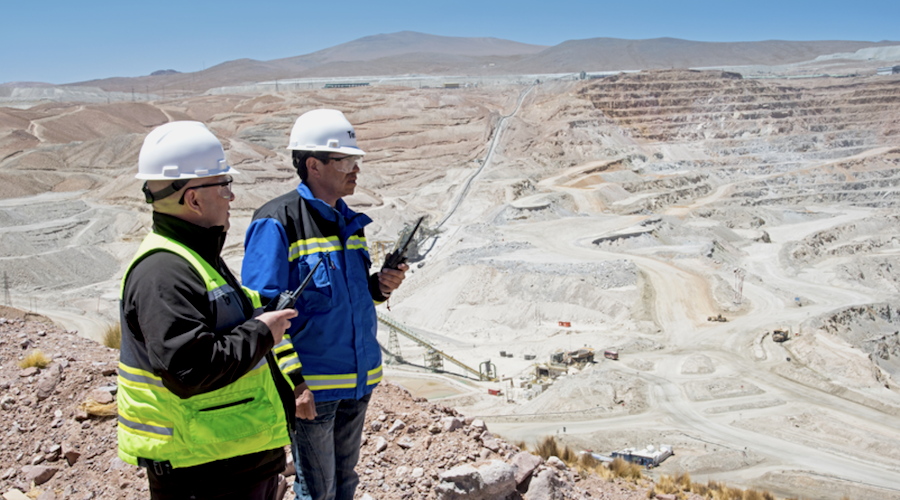Canada’s oil sands using less water — report
Canada’s oil sands industry reduced in 30% the amount of water it uses to produce one barrel of oil between 2012 and 2014, even though production continued to grow in the same period, a study released this week shows.
In its 2015 update report, Canada’s Oil Sands Innovation Alliance (COSIA) said members with in situ operations, where steam is used to heat up the formation and allow the heavy crude to be produced from a well, used .23 of a barrel of fresh water per barrel of oil in 2014, compared with .36 of a barrel in 2012.
In the same period, production from reached a high of 2.3 million barrels per day.
The report also says that COSIA members are recycling more of the water used in their operations and using more non-potable salty water.
“The bottom line is we are seeing progress,” said chief executive Dan Wicklum during a webcast presenting the update. “While the companies warned that water use often fluctuates over the years, these results are encouraging,” he noted.
The group of 13 companies, which account for 90% of oil sands production in Canada, was created in 2012 with the objective of sharing technological advances and research to reduce environmental footprint.
Prices impact
The industry group claims the dramatic fall in oil prices has not affected COSIA’s portfolio of active projects as much as expected. It says there are currently 219 operational sites, versus the 223 there were last year.
However, COSIA acknowledges that the number of new projects has dropped more sharply — 37 projects worth $23 million this year versus 68 projects worth $200 million.
Alberta’s government regulates the amount of water the oil sands industry is allowed to use based on measurements of water flow taken by dozens of monitoring stations along the Athabasca River since 1957.
Currently, oil sands producers are allowed to take up to 4.4% of the mean annual flow of the river. The figure is based on the maximum amount of water a mine project could expect to need at any stage of its development rather than its typical use.
{{ commodity.name }}
{{ post.title }}
{{ post.date }}

Comments
patentbs
Good news! Of course the bad news is that this makes NO difference to those opposed to development.